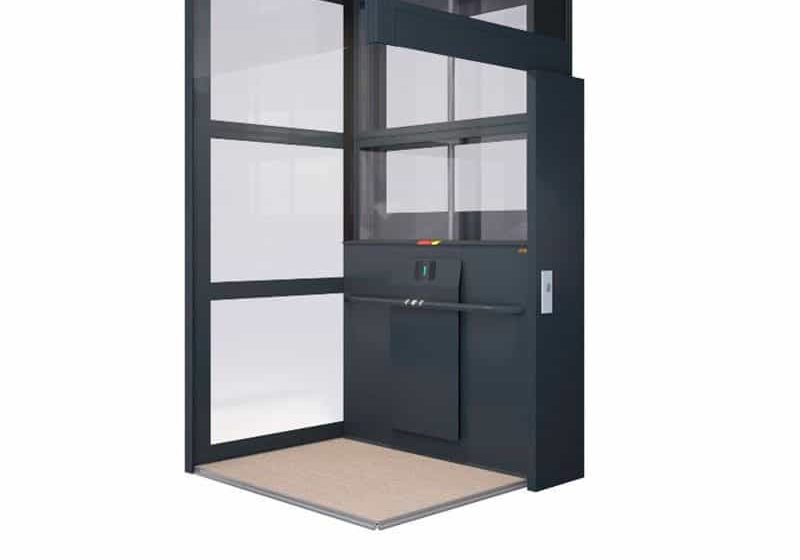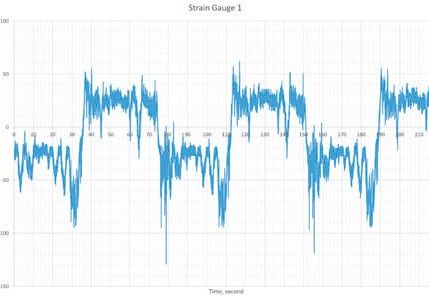Clarity finally arrives for lift companies.
It was five years ago when the U.K. voted on Brexit, and the very next article I wrote after the vote posed the question, “What does Brexit mean for lift companies and the CE marking?”
At the time, the answer was nobody really knew. Now we do. And, sadly, as predicted in that article, it’s going to mean more work for lift companies, which:
- Will need to be undertaken to eliminate risk
- Will likely, in the longer term, force higher costs for customers
- Is potentially completely unnecessary
Another First for the Jackson Lift Group
Jackson were, we believe, the first independent in the U.K. to embrace ISO 9000 as a route to CE marking, and originally the first to gain compliance wtih the Essential Health and Safety Requirements via Schedule 12 (full quality assurance) of the Lift Regulations. At the time, Bureau Veritas (BV) and Statius had the pleasure of being part of the team instrumental in the initiative to get BV Notified Body Status so they could then approve Jackson to CE Mark their lifts. The excellent team on that quest were people like John Clarke, John LaRoche and Alan Reed from Jackson and Vic Bowen and Michael Littlefair from BV.
Jackson have since changed their assessment body horse to the rather excellent and extremely well-informed Lift Cert (LC) and, this time, the Jackson team embarking on this adventure included Jamie Felton, Paul Ringer and Paige Mundy, along with Alex Miles of LC. We’ve been working to gain (recommended) registration to Schedule 14 of the Product and Metrology Regulations, which occurred at a UKAS-witnessed assessment early in July.
Riveting stuff, eh?
What it means is Jackson can now UKCA-mark safety components previously manufactured and CE-marked by others. And, in going through this process, we can now answer the question, “What does Brexit mean for lift companies and CE Marking?” In short, we now know a number of things:
- CE-marking transitions to UKCA-marking
- Notified Bodies become Approved Bodies
- Harmonised Standards become Designated Standards
- There are currently no changes to the:
- Technical standards (EN-81)
- Legal requirements (Essential Health and Safety Requirements – EHSRs)
- Safety components themselves
- Conformity assessment process
So, if there are no real changes, the question becomes, “What’s all the fuss about?”
In a word: Risk!
Given that there is no real change in the technical requirements or the detail of the legal requirements, all the fuss is actually about the fact that, after 31 December 2021 (less than six months away!), lift companies will not be able to use CE-marked safety components simply because they are not UKCA-marked.
So, if you specify a lift today, with CE-marked components, that you expect to be placed onto the market before the end of the year — let’s say, mid-December — you have no problem. But what if the “inevitable” happens and the deadline slips to the first week in January? The reality is you cannot then commission the lift and put the lift onto the market because you have not — or, at least, may not have — used UKCA-marked safety components.
What’s the Problem?
The problem is:
- There are many manufacturers of the various safety components.
- Each manufacturer has many different products.
- There is only a small number of Notified Bodies.
- An even smaller number of which want to become Approved Bodies
- Each safety component will now require UKCA-marking approval.
- For each safety component, UKCA-marking approval takes a significant amount of time.
There just isn’t enough time! There isn’t enough time, or Approval Body bandwidth, to get all of the safety components the sector requires to be UKCA-marked before the 31 December deadline.
What’s the Solution?
As we’ve shown with the work undertaken at Jackson, the solution is that the lift companies will have to take on “the role of manufacturer” and undertake the UKCA marking for the manufacturer. That alone will guarantee you can UKCA-mark your safety components and the lift.
The alternative is perhaps to pray that all the manufacturers you use get their UKCA-marking ducks in a row and get approval by the end of the year. Do you really want to take that risk?
How Do We Do That?
There are required steps in the process for a lift company to take on UKCA-marking responsibilities for a safety component manufacturer, and then, obviously, the lift itself. Key stages in the process include:
- Understanding, in detail, Schedule 14 of the Product and Metrology Regulations
- Extending the scope of your (hopefully) existing ISO 9001 procedures, to comply with Schedule 14
- Developing processes, practises and training materials to ensure all staff are competent and aware of their new responsibilities in respect to UKCA marking and Schedule 14
- Gaining registration via an Approved Body (currently only Lift Cert & BSI) to Schedule 14
For those with the eye and the head for detail, a more granular approach, fleshing out the short list above, has been developed in the associated table. If you have really got a head for detail (or suffer from insomnia), I’d suggest reading all the Schedules associated with Schedule 14. Give me a call and I’ll be happy to send you reams of riveting background reading!
Will All Safety Component Manufacturers (Eventually) UKCA-Mark Their Products?
The difficulty for the safety component manufacturers, the majority of whom are based outside the U.K., is they’ve now got to adapt their production lines to produce CE-marked and UKCA-marked products. The EU market has a population of about 450 million people and a corresponding proportion of tall buildings requiring lifts and safety components. By contrast, the U.K. market has a population of circa 60 million and a correspondingly (smaller) proportion of tall buildings requiring lifts and safety components. So, the U.K. is about one-eighth of the size of the European market. A question they’ll surely be asking themselves is, “Is it worth it?”
For the moment, the technical and legal requirements are essentially the same; very simplistically, all manufacturers would have to do is apply a different “badge” at the end of the production process. Consequently, the manufacturing cost is unlikely to be significantly different. The problem will arise, as and when, the legislative or technical requirements between the EU and U.K. diverge.
So, is the U.K. market sufficiently attractive for all lift safety component manufacturers to want to produce UKCA- and CE-marked components? I don’t know the answer to that question, but I suspect there will certainly be some that don’t see the market as sufficiently attractive. I think the jury is out!
Are There Any Limitations?
Potentially, yes. The sector has, for the best part of 20 years, been using only existing CE-marked components. As a result, it would seem prudent on the part of the Approved Body to restrict their scope of Schedule 14 registration to only those components already CE-marked.
However, we certainly don’t see this as a problem, and it seems unlikely that any sensible lift company would want to UKCA-mark a product that isn’t already CE-marked. It would pose too much of a risk.
UKCA-Marking the Lift
Again, at the moment, with no legislative or technical change, UKCA-marking the lift itself is essentially simply applying the same rules as you are currently doing for CE-marking but applying a different badge: a UKCA badge instead of a CE one.
Conclusion
We knew from the start that Brexit was highly likely to result in changes to the legal landscape that affect lifts. As a result, and as argued in my article five years ago, Brexit and any associated regulatory change was always likely to increase costs.
Without doubt, the easiest way to comply with the changes afoot is for lift companies to take on the manufacturer’s responsibility and UKCA-mark already-CE-marked safety components. The killer is, if all manufacturers do get their UKCA-marking ducks in a row, all of this work that you’ve had to undertake for Schedule 14 will have been in vain. But, can you take that risk?
At this point, can I just put my hand up and say I voted to stay? Sorry.
Get more of Elevator World. Sign up for our free e-newsletter.







